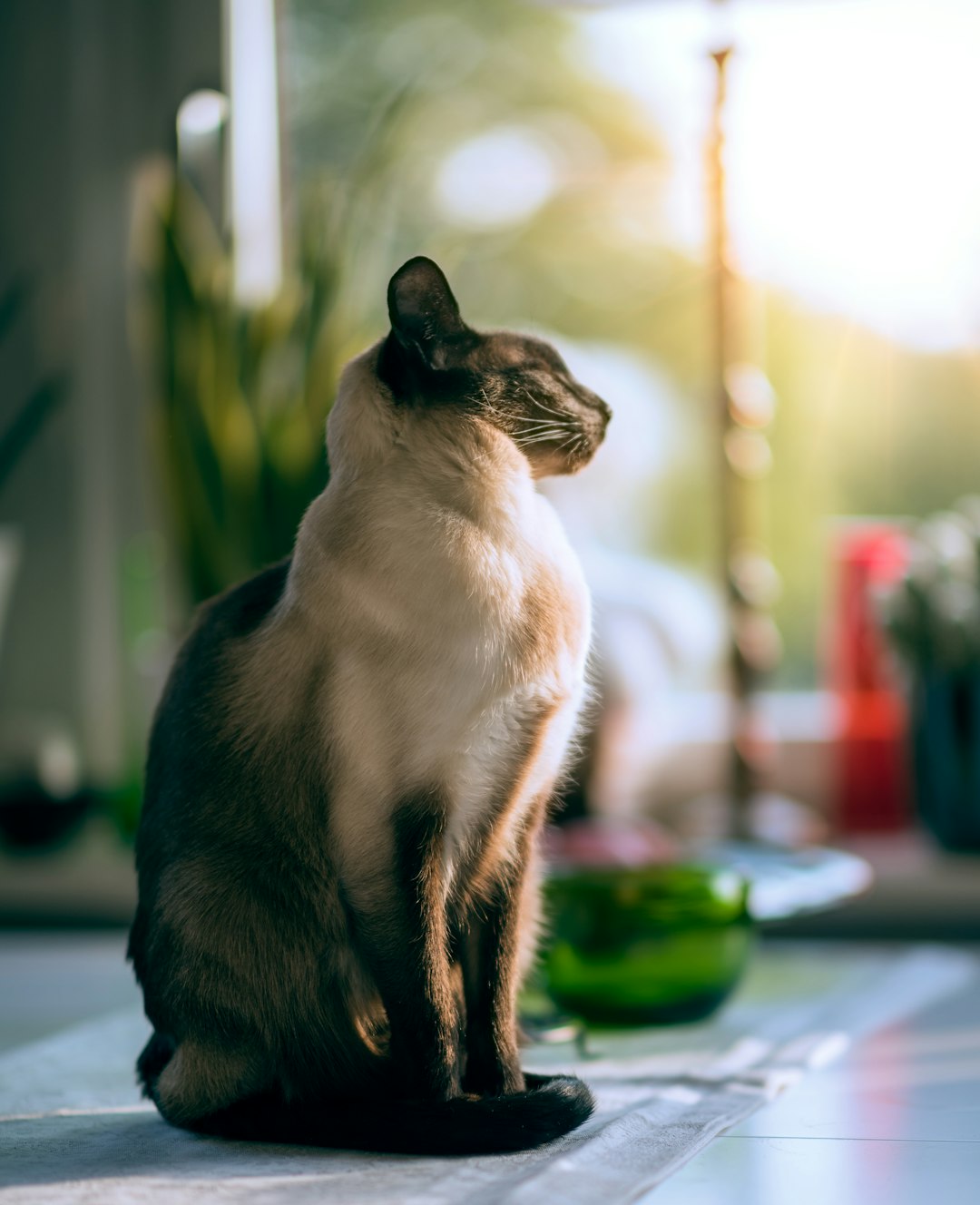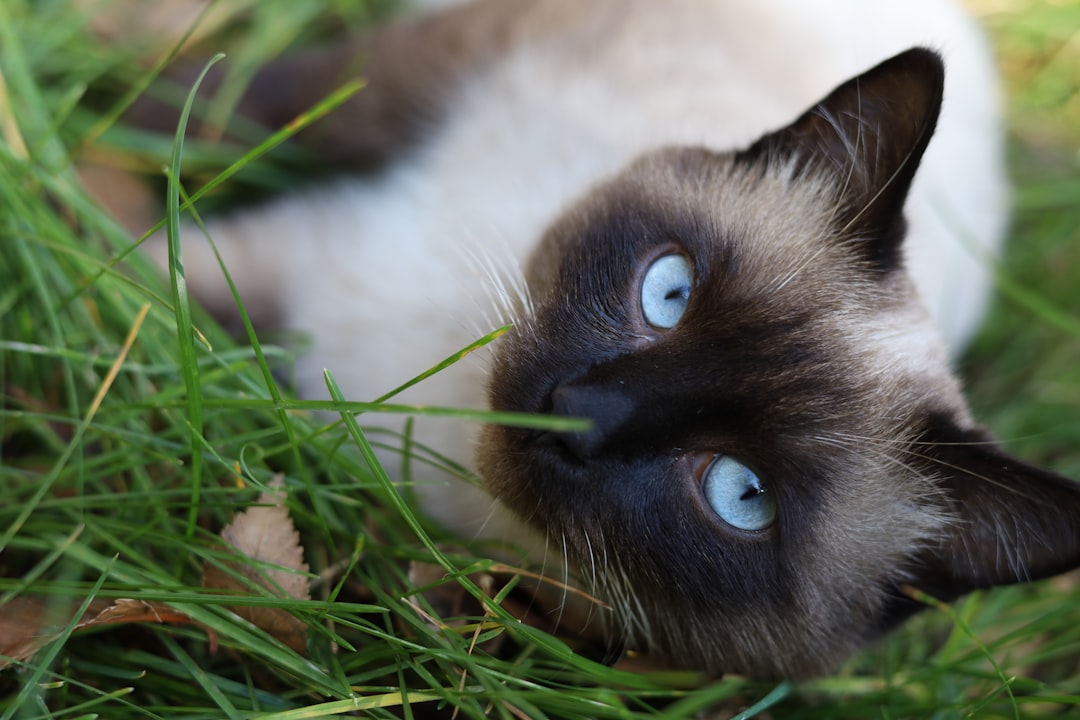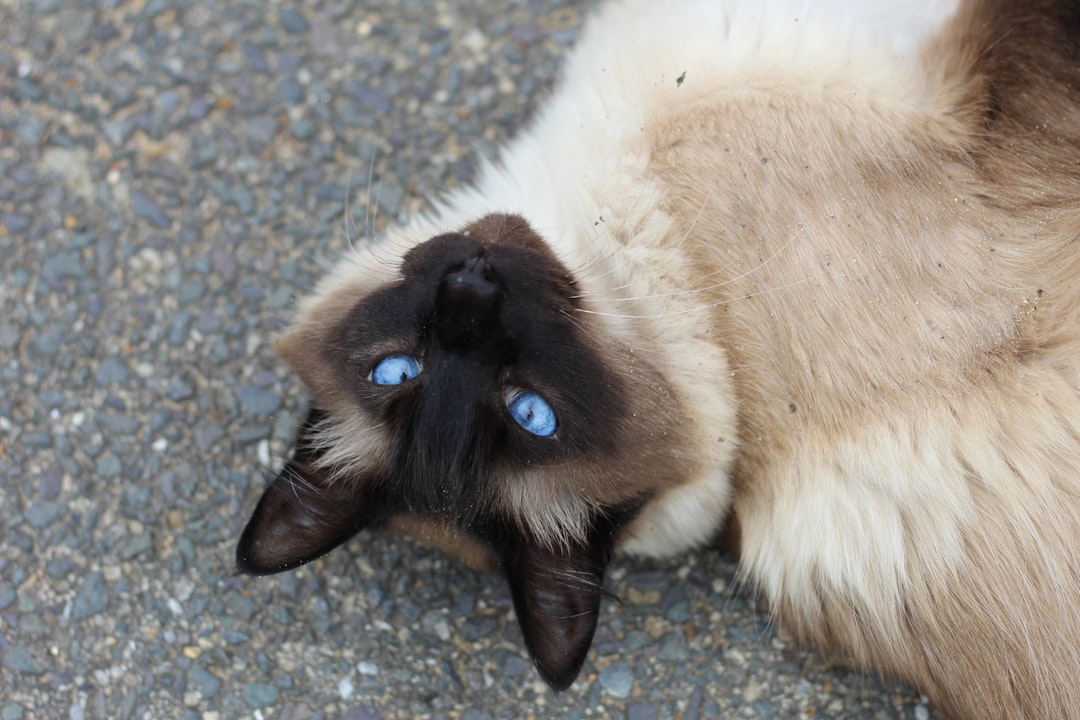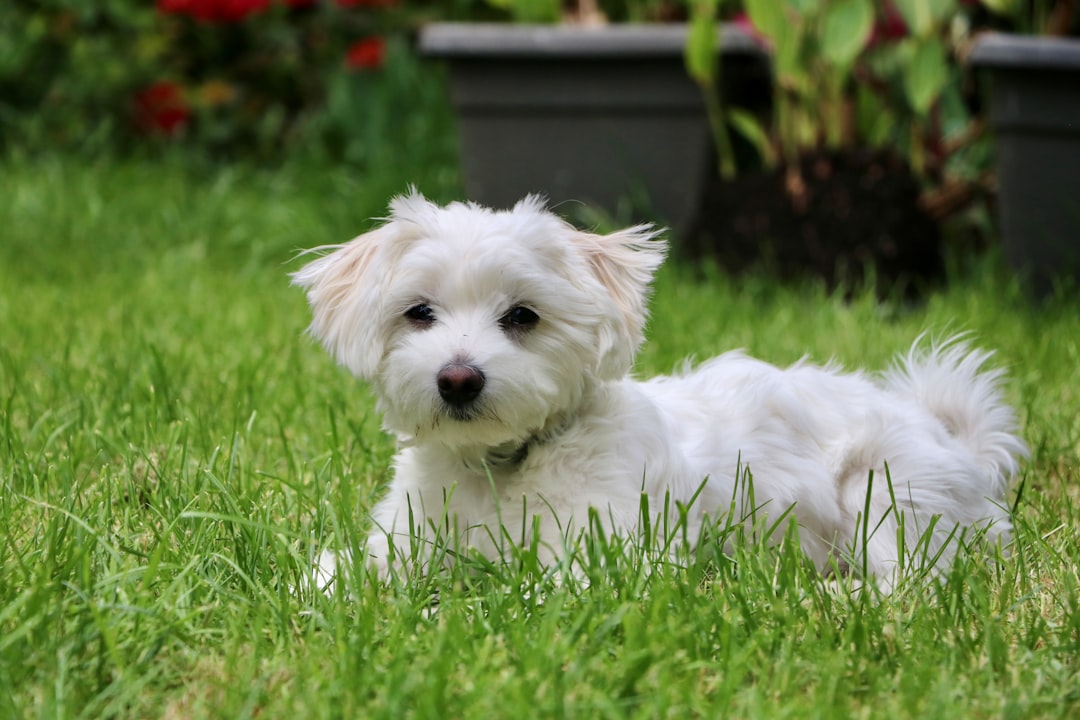If you’ve ever watched a kitten devour its dinner with the enthusiasm of a tiny tornado, you know the struggle: choosing the right chow can feel daunting. Enter wet cat food for kittens, a delicious option that helps fuel their boundless energy and growth. Rich in moisture, flavor, and nutrients, it’s no wonder this tasty treat is a preferred pick among pet parents. Plus, with so many brands and formulations to choose from, you’re bound to find something that keeps your furry friend purring for more. Buckle up for a delightful dive into the world of kitten cuisine!
Benefits of Wet Cat Food for Kittens

When it comes to growing felines, wet cat food for kittens reigns supreme, and for good reason! Let’s break down the perks that make it a top choice for your little furballs:
- Hydration Haven: Kittens often don’t drink enough water. Wet cat food boosts their moisture intake, keeping them hydrated — and trust us, a hydrated kitty is a happy kitty!
- Nutrient Powerhouse: These mushy meals typically pack more protein, fats, and essential nutrients. With ingredients that support growth and development, wet cat food sets the stage for a robust little tiger.
- Palatable Pleasure: Kittens can be picky eaters. With various tantalizing flavors and textures, wet cat food tempts even the fussiest of tastebuds, making mealtime an exciting experience.
- Easy on the Tummy: Kittens have sensitive stomachs, and wet cat food for kittens tends to be easier to digest compared to dry kibble.
In short, go for wet cat food for kittens to ensure they grow into strong, happy adults. Your future feline overlord will thank you!
Happy feeding!
Key Nutritional Requirements for Growing Kittens

When it comes to feeding your little furballs, understanding their nutritional needs is crucial. Growing kittens require a balanced diet packed with essential nutrients to fuel their rapid development. Here’s what to keep in mind when selecting the best wet cat food for kittens:
- High Protein Content: Kittens need more protein than adult cats. Look for wet cat food for kittens that contains at least 30% protein. This helps in muscle development and overall growth.
- Healthy Fats: These playful munchkins thrive on fats, which provide energy and support brain development. Aim for around 20% fat content in their food.
- Essential Vitamins and Minerals: Calcium and phosphorus are vital for bone development. Make sure their wet cat food includes these nutrients.
- Hydration: Wet cat food provides the extra moisture kittens need, keeping them hydrated and aiding digestion.
- Taurine: This amino acid is a must for heart and eye health. A quality wet cat food for kittens will ensure sufficient taurine levels.
With these nutritional powerhouses in their diet, your kittens will grow into happy and healthy cats!
Top Brands of Wet Cat Food for Kittens

When it comes to feeding our little furballs, quality matters! Here’s a rundown of top brands that whip up irresistible wet cat food for kittens:
- Royal Canin: Known for tailoring formulas that meet specific needs, their wet food is a hit among picky eaters.
- Hill’s Science Diet: Packed with essential nutrients, Hill’s offers a delicate balance of flavor and health, making mealtime a breeze.
- Purina Pro Plan: Pro Plan combines taste and nutrition, ensuring kittens love their wet food while getting necessary vitamins.
- Wellness Complete: This brand boasts natural ingredients with no fillers, catering to a kitten’s delicate tummy.
- Nature’s Logic: With a focus on whole foods, this brand packs nutrients in every bite, making their wet cat food for kittens both nutritious and delicious.
Quick Comparison Table
| Brand | Special Features | Flavor Options |
|---|---|---|
| Royal Canin | Tailored nutrition | Chicken, Tuna |
| Hill’s Science Diet | Vet-approved | Chicken, Salmon |
| Purina Pro Plan | Balanced nutrition | Beef, Chicken |
| Wellness Complete | Natural ingredients | Turkey, Lamb |
| Nature’s Logic | Whole foods | Chicken, Beef |
Choosing the right wet cat food for kittens sets the stage for a healthy and happy feline friend. So, let the mealtime adventures begin!
Wet Cat Food Ingredients to Look For
When browsing the aisles for wet cat food for kittens, knowing what to look for can feel like trying to decode a secret language! Not to worry; we’ve got your back. Here are the top ingredients you should prioritize:
- High-Quality Protein: Look for real meat as the first ingredient. Think chicken, turkey, or fish—fancier than your dinner!
- Essential Fatty Acids: Omega-3 and Omega-6 are essential for a shiny coat and healthy brain function. You want your little furball to be a genius!
- Moisture Content: Since kittens are notorious for hydration mishaps, a high moisture content (around 75-78%) helps keep them hydrated. Wet food is literally the “wet market” for hydration!
- Vitamins and Minerals: Essential nutrients like taurine, calcium, and various vitamins support growth and development. Your kitten doesn’t just need to look cute; they need to thrive!
Here’s a nifty comparison to guide your shopping spree:
| Ingredient Type | What to Look For |
|---|---|
| Protein Source | Real meat (first ingredient) |
| Healthy Fats | Omega-3 & Omega-6 sources |
| Moisture Levels | 75-78% moisture content |
| Essential Nutrients | Taurine, calcium, vitamins |
Happy shopping! Your flourishing kitty will thank you later with purrs and cuddles!
Wet Cat Food vs. Dry Cat Food: What’s Best for Kittens?
Ah, the classic debate: wet cat food for kittens versus dry cat food. Choosing between the two can feel like selecting your favorite child! Both options have their merits; let’s break it down:
Wet Cat Food for Kittens: The Perks
- Hydration Hero: With a moisture content of about 75-78%, it helps keep our little furballs hydrated.
- Flavor Festival: Kittens often find wet food irresistible; it’s like a gourmet meal for them!
- Easier to Chew: Soft and easy to munch on, especially for those tiny teeth.
Dry Cat Food: The Counterpoint
- Convenience King: Perfect for free feeding; no mess, no fuss.
- Dental Defense: Crunchy bits can help control dental plaque, giving those little pearly whites some love.
- Cost-Effective: Generally, it has a longer shelf life and is less expensive for those on a budget.
Ultimately, a combination of both wet cat food for kittens and dry food can provide a balanced diet. Remember, kittens thrive on variety, so mix it up and watch them thrive!
How to Introduce Wet Cat Food to Your Kitten
Introducing wet cat food for kittens can be a delightful adventure—for both you and your furry friend. Here’s how to ensure your little one embraces this culinary change with open paws:
- Start Slow: Mix a small amount of wet cat food for kittens into their current food. Gradually increase the proportion over several days as they grow accustomed to the new flavor and texture.
- Choose the Right Time: Feed your kitten when they’re most hungry—preferably after playtime. This way, they’ll be more receptive to trying something new.
- Serve It Warm: Kittens love the aroma of fresh food. Warm the wet food slightly (but not too hot!) to enhance its appeal and stimulate their appetite.
- Create a Positive Environment: Make mealtime stress-free. Use a quiet space and avoid distractions. A calm environment can help make eating a pleasant experience.
- Be Observant: Monitor your kitten’s reaction. If they seem reluctant, don’t force it. Instead, try different flavors or brands of wet cat food for kittens.
By following these simple steps, you’ll transform mealtime into a delightful feast, ensuring your kitten thrives with the right nourishment and plenty of taste!
Feeding Guidelines for Kittens
Feeding kittens can feel like trying to juggle while riding a unicycle! But fear not, here’s a quick guide to keep your little furball healthy and happy with wet cat food for kittens.
Key Guidelines:
- Frequency: Kittens need frequent meals. Aim for 3-4 times a day until they’re about 6 months old.
- Portion Size: Start with small portions—about 1/4 to 1/3 cup of wet cat food for kittens per serving. Adjust as they grow!
- Hydration: Always have fresh water on hand. Wet cat food for kittens provides moisture, but hydration is key!
A Feeding Schedule Example:
| Age | Meals per Day | Total Daily Amount of Wet Food |
|---|---|---|
| 4-6 weeks | 4 | 1/2 cup |
| 6-12 weeks | 3 | 3/4 cup to 1 cup |
| 3-6 months | 3 | 1 to 1.5 cups |
These guidelines can change with your kitten’s growth, so keep an eye on their appetite and adjust accordingly. Happy feeding!
Common Mistakes to Avoid with Wet Cat Food
When it comes to feeding your delightful little furball, soggy mistakes can happen more often than you’d think. Here are some common pitfalls to steer clear of when choosing wet cat food for kittens:
- Choosing low-quality brands: Always opt for well-known, reputable brands. Cheaper options may lack essential nutrients that support your kitten’s growth.
- Overfeeding or underfeeding: Balancing the portions is key. Overindulgence could lead to obesity, while underfeeding might stunt their growth.
- Neglecting variety: Your kitten’s palate, much like theirs, needs some spice! Switching up flavors keeps mealtime exciting and exposes them to different nutrients.
- Ignoring the age recommendations: Not all wet cat food for kittens is created equal. Pay close attention to age-specific formulas designed to cater to their unique nutritional needs.
- Rushing the introduction: Abruptly switching to wet food can upset their tummy. Gradually mixing wet food with their current diet can ease the transition.
By avoiding these missteps, you’ll set the stage for a happy and healthy kitten transition into feline adulthood!
Frequently Asked Questions
What are the benefits of wet cat food for kittens?
Wet cat food is like a succulent buffet for our little furballs, boasting a moisture content that can make dry kibble look like a party pooper. It keeps kittens hydrated, especially those who forget to sip on water. Plus, with high protein levels and rich flavors, it sparks their interest and supports their rapid growth and development. You’ll find that their little whiskers twitching with delight is a very persuasive argument for wet food!
Can I feed my kitten adult wet cat food?
Oh, the age-old question of feeding a growing kitten from the grown-up table! While it’s not a strict no-no, adult wet cat food often lacks the essential nutrients, vitamins, and higher protein levels that our spirited little furballs require. Think of it as giving a toddler only broccoli and leaving out the mac and cheese. With a dedicated kitten formula, you’d be ensuring they have all the energy to zoom around the house while perfecting their pouncing skills!
How often should I feed my kitten wet food?
Feeding frequency can be as dynamic as a kitten’s playful jumps! Kittens generally thrive on 3-4 small meals of wet food per day. This method helps them maintain energy levels throughout their busy days of napping and occasional hunting (often that rogue shoelace). Gradually, you can transition to two meals a day as they approach adulthood. But remember, any change in schedule should be done with care, just like when attempting to catch a kitten – it requires some finesse!
What to look for in a quality wet cat food for kittens?
When on the hunt for the purrrrfect wet cat food, focus on the first few ingredients: real meat should be leading the pack, announcing itself like a boss! High protein content is key, ideally over 30%, because we’re catering to little carnivores. Look for added vitamins and minerals for that extra sparkle in their eyes. Avoid anything with mysterious ‘meat by-products’—they sound too much like a cliffhanger in a bad novel. Your kitten deserves a well-balanced diet that’ll leave them feeling strong and satisfied!



